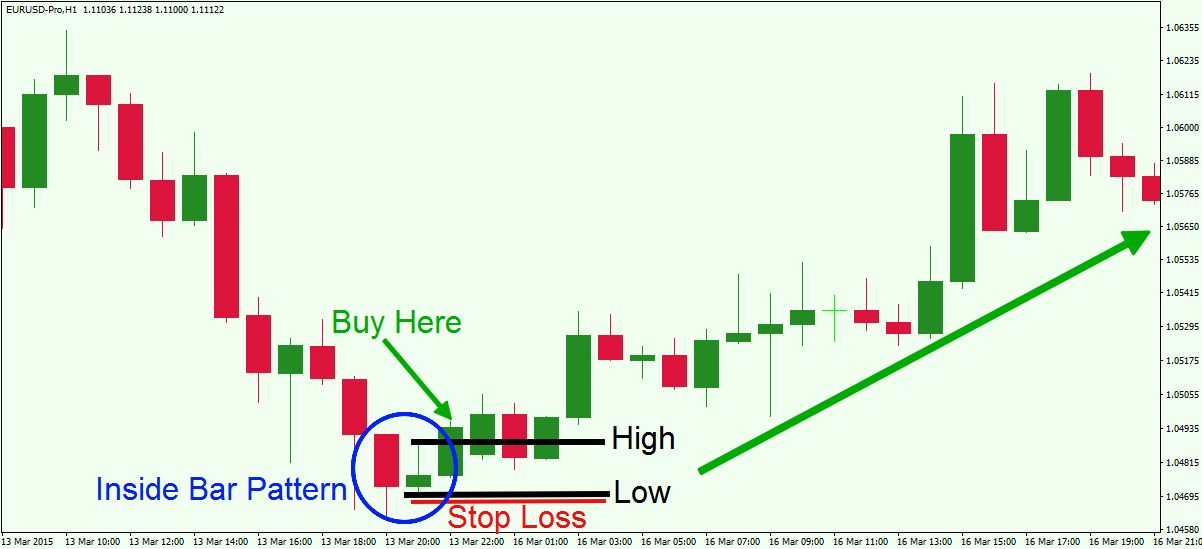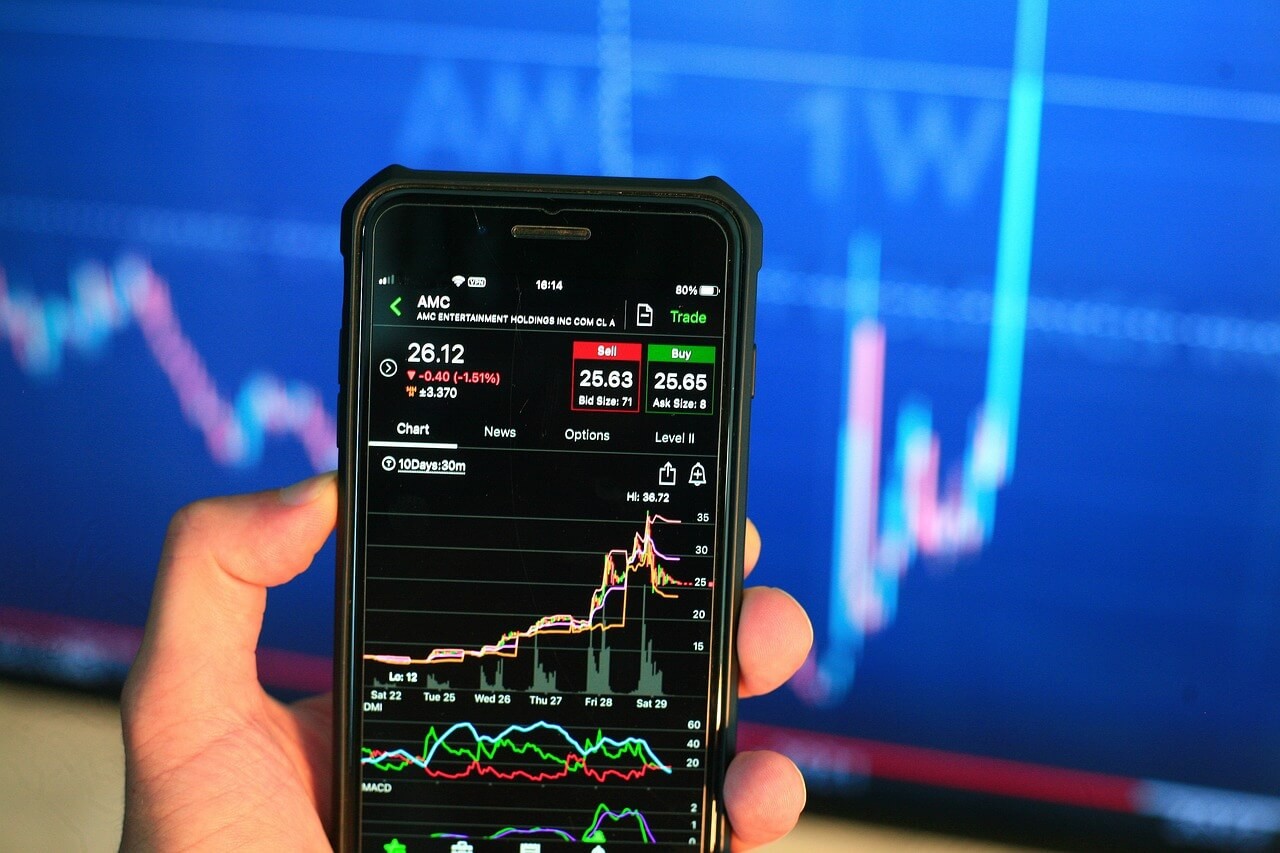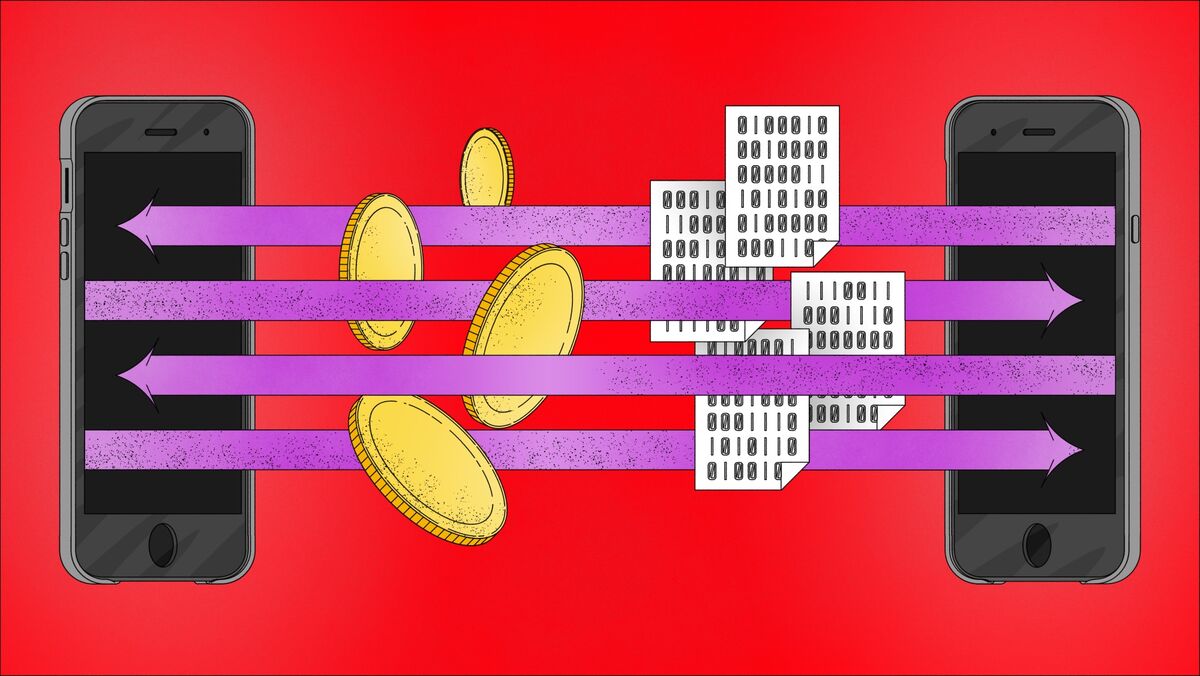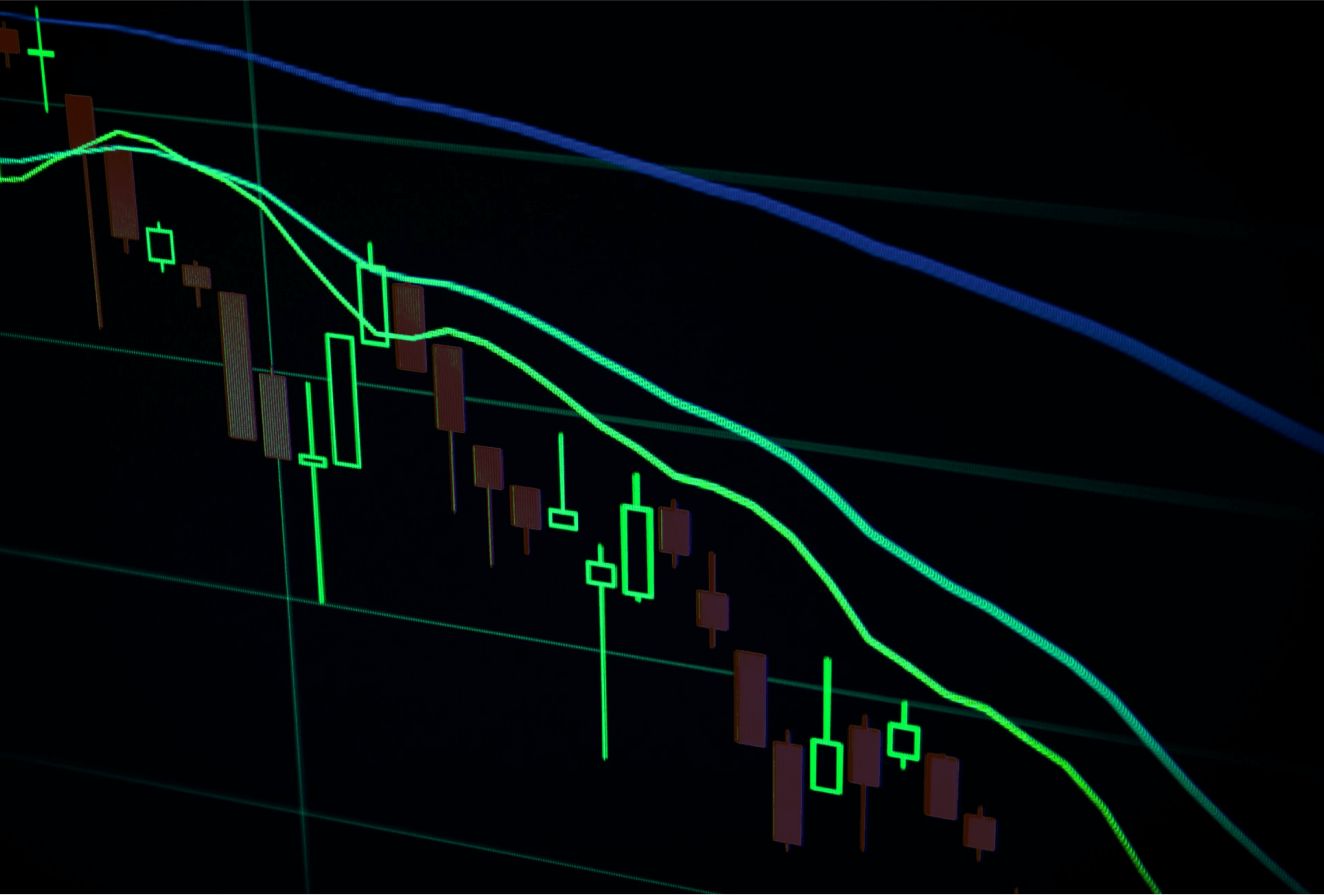Introduction
Insider trading is a term commonly heard in the financial world, but what does it actually mean? In simple terms, insider trading refers to the buying or selling of securities, such as stocks or bonds, based on non-public information that is not available to the general public. This practice is considered illegal and unethical in many countries.
Insider trading undermines the fair and equal opportunity for all investors to make informed decisions based on publicly available information. When individuals with access to privileged information use it to their advantage by trading securities, it creates an uneven playing field and can result in significant financial gains for those involved.
Regulatory bodies around the world have implemented strict laws and regulations to deter and punish insider trading. These regulations aim to protect the integrity and transparency of the financial markets, as well as the interests of individual investors.
In this article, we will explore the various aspects of insider trading, including its definition, historical cases, types, consequences, and preventative measures. By understanding the inner workings of insider trading, we can gain insight into the potential risks it poses to the financial system and the importance of upholding ethical standards.
It is worth noting that insider trading is a complex and multifaceted topic, influenced by legal, ethical, and financial considerations. As we delve deeper, we will encounter real-world examples that highlight the significance of insider trading and the impact it can have on individuals, companies, and markets as a whole.
Definition of Insider Trading
Insider trading can be defined as the buying or selling of securities, such as stocks, bonds, or options, by individuals who have access to privileged information about a company. This information is not available to the general public, hence giving these insiders a significant advantage in making profitable trades.
There are two key elements that define insider trading:
- Material Nonpublic Information: Insider trading involves the use of material nonpublic information, which refers to any information that is not yet disclosed to the public and can significantly impact the value of the securities. This inside information can include upcoming financial results, significant business developments, pending mergers or acquisitions, regulatory decisions, or any other information that, if known, would likely influence an investor’s decision.
- Trading Based on Insider Information: Insider trading occurs when individuals who possess material nonpublic information use it to buy or sell securities. This could involve insiders trading their own company’s stock or the stock of other companies based on inside information they have acquired.
It is important to note that not all insider trading is illegal. Legal insider trading occurs when corporate insiders, such as executives, directors, or employees, trade securities of their own company but do so in compliance with the regulations set forth by the regulatory authorities, such as filing the necessary disclosures or trading within specific windows of time.
However, the illegal form of insider trading occurs when individuals trade based on material nonpublic information, breaching their fiduciary duty to act in the best interest of the company and its shareholders. This illegal practice undermines market fairness and erodes investor trust in the integrity of the financial system.
Regulatory bodies, such as the Securities and Exchange Commission (SEC) in the United States, have established strict rules and regulations to combat insider trading. These regulations not only aim to detect and punish illegal insider trading but also enforce the disclosure of material information to ensure transparency and maintain a level playing field for all market participants.
Overview of Insider Trading Regulations
Insider trading regulations are crucial in maintaining the integrity and fairness of the financial markets. These regulations aim to prevent individuals from gaining an unfair advantage through the use of nonpublic information. Let’s take a closer look at some key components of insider trading regulations:
- Mandatory Disclosures: Companies and insiders are required to disclose certain information to the public on a timely basis. This includes financial statements, annual reports, quarterly filings, and any material events or developments that may have an impact on the company’s value or the price of its securities. The purpose of these disclosures is to ensure that all investors have access to pertinent information and can make informed investment decisions.
- Prohibition of Insider Trading: Insider trading is strictly prohibited by law, and individuals who engage in illegal insider trading can face severe penalties, including hefty fines and imprisonment. Regulatory bodies have the authority to investigate suspected cases of insider trading, and if sufficient evidence is found, they can take legal action against the offenders.
- Clearance of Insider Trades: In order to avoid concerns of insider trading, many companies have established pre-clearance procedures for insider trades. Insiders are required to seek approval from their company’s legal or compliance department before buying or selling securities. This ensures that trades are conducted in compliance with applicable laws and regulations.
- Trading Windows and Quiet Periods: To prevent insider trading, companies often impose trading windows and quiet periods for their insiders. Trading windows are specific time periods when insiders are allowed to trade securities, while quiet periods are imposed around significant events, such as earnings releases or merger announcements, to limit the potential for insiders to trade on nonpublic information.
- Reporting of Insider Trades: Insiders are required to report their trades in the company’s securities to the relevant regulatory authorities. This includes filing Form 4 in the United States, which discloses details of the insider’s transactions, such as the date of the transaction, the price at which the securities were bought or sold, and the number of securities involved. These reports allow for transparency and public scrutiny of insiders’ activities.
Insider trading regulations vary from country to country, but the overarching goal is to ensure transparency and prevent unfair advantages in the financial markets. Regulatory bodies, such as the SEC in the United States or the Financial Conduct Authority (FCA) in the United Kingdom, play a crucial role in enforcing these regulations and investigating potential cases of illegal insider trading.
By implementing and enforcing these regulations, authorities aim to promote market integrity, protect investors, and maintain public trust in the financial system.
Historical Cases of Insider Trading
Over the years, there have been several notable cases of insider trading that have captured public attention and highlighted the significance of combating this illegal practice. These cases serve as cautionary tales and underscore the need for strict insider trading regulations. Here are a few historical examples:
- Martha Stewart: In 2004, the home and lifestyle guru Martha Stewart was involved in an insider trading scandal. Stewart sold her shares of ImClone Systems, a biopharmaceutical company, just a day before the release of negative news that caused the stock to plummet. She was accused of receiving insider information about the impending news from her broker. Stewart was eventually found guilty of obstruction of justice and making false statements, leading to her conviction and a prison sentence.
- Raj Rajaratnam: Raj Rajaratnam, a hedge fund manager and the co-founder of the Galleon Group, was convicted of insider trading in 2011. He was involved in one of the largest insider trading schemes in history, which resulted in significant illegal profits. Rajaratnam obtained confidential information from insiders at various companies and used it to make profitable trades. His conviction was a high-profile victory for the U.S. government’s crackdown on insider trading.
- Mathew Martoma: Mathew Martoma, a former portfolio manager at CR Intrinsic Investors, was found guilty of insider trading in 2014. He illegally obtained confidential information about an Alzheimer’s drug trial from a doctor and used it to make trades, resulting in unlawful profits of millions of dollars. Martoma’s conviction highlighted the dangers of obtaining and exploiting nonpublic information for personal gain.
- Enron: The Enron scandal, which unfolded in the early 2000s, involved not only corporate fraud but also instances of insider trading. Executives and employees at Enron were found to have sold their company’s stock before the revelation of accounting irregularities and impending bankruptcy. These insider trades allowed the individuals to protect their personal wealth while the company’s shareholders suffered significant losses. The Enron case raised awareness about the devastating effects of insider trading on innocent investors.
These historical cases of insider trading highlight the deceptive practices used by individuals to gain unfair advantages in the stock market. They serve as reminders of the importance of stringent regulations and enforcement to maintain market fairness and protect investors’ interests.
Authorities continue to be vigilant in identifying and prosecuting cases of insider trading to ensure market integrity and uphold the principles of transparency and equal opportunity for all market participants.
Types of Insider Trading
Insider trading can take on various forms, with perpetrators employing different strategies to exploit nonpublic information for personal gain. Here are some common types of insider trading:
- Classic Insider Trading: This type involves corporate insiders, such as executives, directors, or employees, trading securities based on material nonpublic information. They may buy or sell shares of their own company’s stock, capitalizing on the inside information they possess. This form of insider trading is typically the most well-known and scrutinized due to the fiduciary duty insiders have towards their company and shareholders.
- Tipping: Tipping refers to the act of providing material nonpublic information to someone who then trades based on that information. The person providing the tip may not engage in the actual trading themselves but shares the confidential information with another individual who can potentially profit from it. Both the tipper and the tippee can be held liable for insider trading.
- Front-Running: Front-running occurs when a broker or trader executes trades on their own behalf ahead of a large client order, after gaining knowledge of the impending order. By front-running, they can take advantage of the anticipated price movement caused by the client’s order, securing profits for themselves at the expense of the client.
- Insider Trading by Misappropriation: This type of insider trading involves individuals who gain access to nonpublic information through a position of trust or a special relationship, such as lawyers, accountants, or consultants. They use the confidential information for their personal benefit by trading securities of a company to which the information pertains, even though they are not employees or insiders of that specific company.
- Insider Trading in Derivatives: Insider trading is not limited to trading common stocks. It can also involve trading in derivative securities, such as options or futures contracts, based on material nonpublic information. Insider trading in derivatives can be particularly difficult to detect as these securities often have less stringent reporting requirements.
These are just a few examples of the different types of insider trading, each with its distinctive method of exploiting nonpublic information. Authorities and regulatory bodies continuously work to detect and prevent these various forms of insider trading, ensuring that those who engage in these illicit activities face legal repercussions.
Understanding the different types of insider trading helps shed light on the complex nature of this illegal practice, emphasizing the importance of robust regulations and constant vigilance in maintaining market fairness and investor trust.
Consequences of Insider Trading
Insider trading is not only illegal but also has significant consequences, both for the individuals involved and for the overall integrity of the financial markets. Let’s explore some of the consequences of insider trading:
- Legal Consequences: Individuals convicted of insider trading can face severe legal consequences, including substantial fines and lengthy prison sentences. Regulatory authorities and law enforcement agencies take insider trading cases seriously and actively pursue legal action against offenders to maintain market integrity and uphold the rule of law.
- Fines and Restitution: Those found guilty of insider trading are often required to pay fines and restitution. Fines can be substantial, sometimes reaching millions of dollars, and are intended to deter individuals from engaging in illegal trading practices. Additionally, individuals may be ordered to reimburse any ill-gotten gains resulting from their insider trading activities.
- Damage to Reputation: Engaging in insider trading can have severe reputational consequences. Individuals found guilty of insider trading may face public scrutiny, loss of professional credibility, and damage to their personal and professional reputation. This can detrimentally impact their ability to secure future employment or engage in certain fields within the financial industry.
- Loss of Trust: Insider trading erodes trust in the financial markets and undermines the confidence of investors. When individuals benefit from the unfair advantage obtained through nonpublic information, it creates an atmosphere of skepticism and unfairness, leading to a loss of trust in the system as a whole. This lack of trust can have wide-ranging negative effects on market participation and overall economic stability.
- Impact on Innocent Investors: Insider trading has a direct impact on innocent investors who trade based on publicly available information. When insiders exploit nonpublic information for their personal gain, it distorts market prices and creates an uneven playing field. Innocent investors may suffer financial losses as a result of trading at artificially inflated or deflated prices, undermining the fairness and transparency of the markets.
It is crucial to recognize the wide-ranging consequences of insider trading, which extend beyond the immediate legal repercussions. Insider trading undermines the trust and confidence that are essential for healthy and functioning financial markets, ultimately affecting the overall stability of the economy.
By enforcing strict regulations and imposing severe penalties on those who engage in insider trading, regulatory bodies strive to deter this illegal practice and preserve the integrity and fairness of the financial system.
Measures to Prevent Insider Trading
To combat insider trading and maintain the integrity of the financial markets, various measures and safeguards have been implemented. These measures are designed to deter individuals from engaging in illegal trading activities and promote transparency and fairness. Let’s explore some of the key measures to prevent insider trading:
- Strict Regulatory Frameworks: Regulatory bodies worldwide, such as the Securities and Exchange Commission (SEC) in the United States or the Financial Conduct Authority (FCA) in the United Kingdom, have established comprehensive rules and regulations to combat insider trading. These regulations set clear guidelines on legal trading practices, mandatory disclosures, and the consequences of engaging in illegal insider trading.
- Enhanced Enforcement and Investigation: Regulatory bodies and law enforcement agencies have greatly strengthened their efforts to detect and investigate potential cases of insider trading. This includes leveraging technology, data analysis, and surveillance tools to proactively monitor market activities and identify suspicious trading patterns. Increased cooperation between regulatory bodies and international counterparts has also enhanced the effectiveness of cross-border investigations and enforcement actions.
- Mandatory Disclosures: Publicly listed companies are required to disclose material information to the public in a timely manner. This ensures that all investors have access to the same information, reducing the potential for insiders to trade on privileged information. Companies must release financial statements, annual reports, and other material events to provide transparency and ensure fair access to information.
- Internal Policies and Compliance Programs: Companies often establish robust internal policies and compliance programs to prevent insider trading. These programs educate employees and insiders about the laws and regulations surrounding insider trading, as well as their responsibilities and legal obligations. They also include measures such as restricted trading windows, pre-clearance procedures, and strict guidelines for handling material nonpublic information.
- Whistleblower Protection: Whistleblower protection laws encourage individuals to come forward and report suspected cases of insider trading. These laws provide legal safeguards and incentives for those who disclose information about illegal activities, ensuring their protection against retaliation. Whistleblowers play a crucial role in bringing insider trading cases to light and facilitating regulatory actions.
By implementing these measures, regulatory bodies and market participants aim to create a level playing field where all investors have equal access to information and can trade based on publicly available data. Strict enforcement, education, and technological advancements continue to be key components of the ongoing efforts to prevent insider trading and maintain market integrity.
Preventing insider trading is not only necessary for the fairness of the financial markets but also essential for protecting the interests of individual investors and promoting trust in the system as a whole.
Conclusion
Insider trading is a practice that undermines the fairness, transparency, and integrity of the financial markets. It involves the buying or selling of securities based on nonpublic information, giving insiders an unfair advantage over ordinary investors. Insider trading is not only illegal but also has severe consequences, both for the individuals involved and for the overall trust in the financial system.
To combat insider trading, regulatory bodies have implemented strict regulations, enforced by enhanced enforcement and investigation efforts. Mandatory disclosures, internal policies, whistleblowing protections, and educational programs have also been established to prevent insider trading and promote market fairness.
Historical cases of insider trading, such as those involving Martha Stewart and Raj Rajaratnam, serve as reminders of the impact and consequences of engaging in illegal insider trading. These cases have resulted in significant fines, prison sentences, damage to reputations, and decreased trust in the financial markets.
Maintaining fair and transparent markets is crucial for ensuring investor confidence and the smooth operation of the economy. By preventing insider trading and enforcing regulations, regulatory bodies aim to level the playing field, protect innocent investors, and promote market integrity.
As individuals, it is important to understand the implications of insider trading and refrain from engaging in any illegal activities. Companies and market participants must also remain vigilant by implementing strong compliance programs and fostering a culture of ethical conduct.
Ultimately, the prevention of insider trading requires a collective effort from regulatory bodies, market participants, and individual investors. By upholding the principles of fairness, transparency, and integrity, we can contribute to a healthier and more trustworthy financial ecosystem.

























